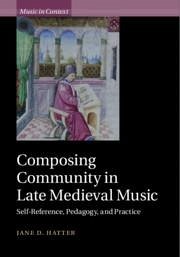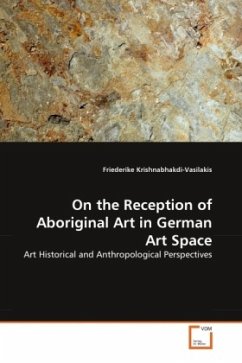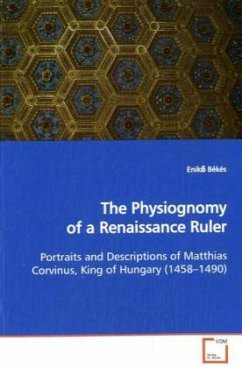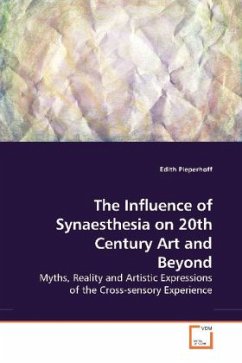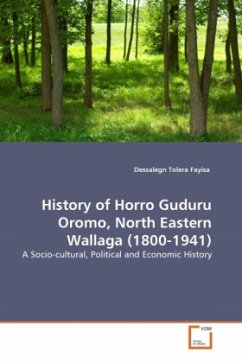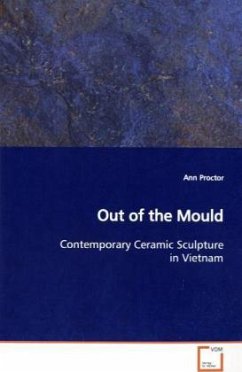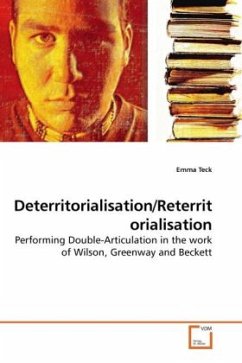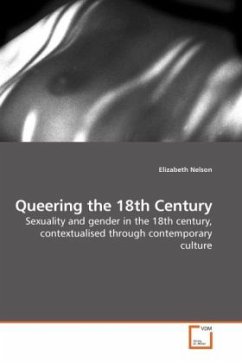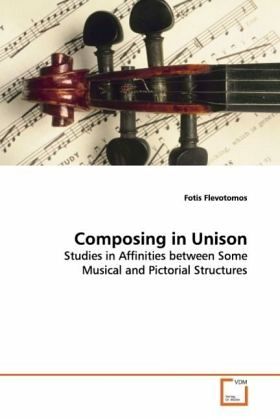
Composing in Unison
Studies in Affinities between Some Musical and Pictorial Structures
Versandkostenfrei!
Versandfertig in 6-10 Tagen
39,99 €
inkl. MwSt.

PAYBACK Punkte
20 °P sammeln!
Comparisons between music and painting have beencommon since the Renaissance. 'I grade the things before the eyeas the musician grades the sounds that meet his ear' said Leonardo,while Kandinskyconfessed in his first letter to Schoenberg that 'Theindependent progress through their own destinies, the independentlife of the individual voices in your compositions, is exactlywhat I am trying to find in my paintings.' Are these comparisons (andthose that other people have drawn between painting and music)plausible and technically demonstrable? Do painters and musicianscompose their works in similar...
Comparisons between music and painting have been
common since
the Renaissance. 'I grade the things before the eye
as the musician
grades the sounds that meet his ear' said Leonardo,
while Kandinsky
confessed in his first letter to Schoenberg that 'The
independent
progress through their own destinies, the independent
life of the
individual voices in your compositions, is exactly
what I am trying to
find in my paintings.' Are these comparisons (and
those that other
people have drawn between painting and music)
plausible and
technically demonstrable? Do painters and musicians
compose their
works in similar ways? 'Composing in Unison' is
intended to explore
this kind of questions. About half of the text deals
with the realities
of artistic perception and is aimed at clarifying
some general issues
like, for example, the ways in which the concept of
space
contributes to the creation of musical and visual
compositions. The
other half is a discussion of motivic development,
tonality,
perspective, harmony, colour, rhythm and drawing, and
of particular
works that are subjected to close analysis, and compared.
common since
the Renaissance. 'I grade the things before the eye
as the musician
grades the sounds that meet his ear' said Leonardo,
while Kandinsky
confessed in his first letter to Schoenberg that 'The
independent
progress through their own destinies, the independent
life of the
individual voices in your compositions, is exactly
what I am trying to
find in my paintings.' Are these comparisons (and
those that other
people have drawn between painting and music)
plausible and
technically demonstrable? Do painters and musicians
compose their
works in similar ways? 'Composing in Unison' is
intended to explore
this kind of questions. About half of the text deals
with the realities
of artistic perception and is aimed at clarifying
some general issues
like, for example, the ways in which the concept of
space
contributes to the creation of musical and visual
compositions. The
other half is a discussion of motivic development,
tonality,
perspective, harmony, colour, rhythm and drawing, and
of particular
works that are subjected to close analysis, and compared.



